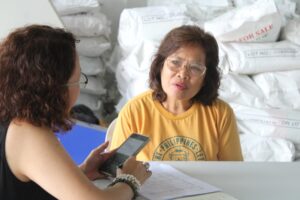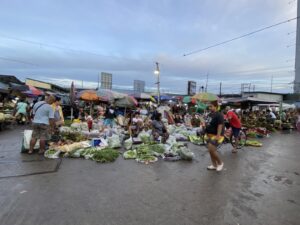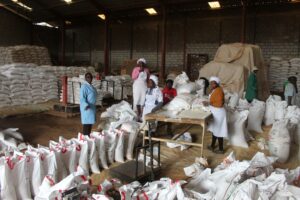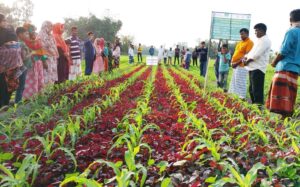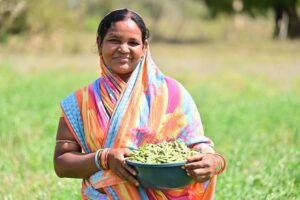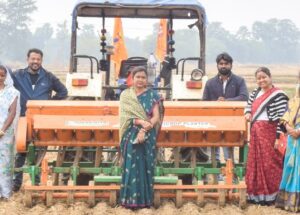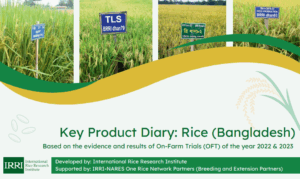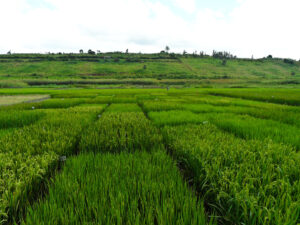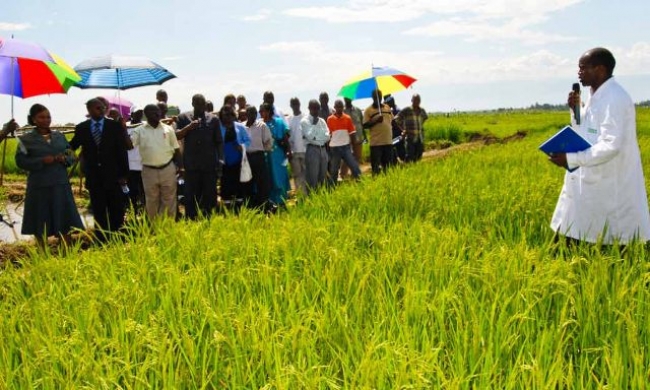
Rice was introduced in Burundi in 1890, but it did not develop until 1968, when the first irrigated scheme of 2,550 hectares was installed.
Traditionally, in Burundi, rice was eaten only once or twice a year during feasts and festivals. In the 1980s, with the introduction of locally adapted rice and the distribution of rice in schools and the military by the government, it rapidly became popular. Now, many Burundians eat rice every day.
Burundi has three major rice-producing ecologies: the irrigated areas of the Imbo plain, the rainfed (non irrigated) areas of Imbo and Moso lowlands, and the non irrigated areas of the elevated marshland region.
Rice is grown once a year in Burundi. The International Rice Research Institute (IRRI) estimates that, in 2010, about 75,000 tons of rough rice were produced in the country, and another 40,000 tons of rice were imported.
IRRI in Burundi
 IRRI started working in Burundi in 2008 when a Memorandum of Understanding between the country and the Institute was signed. The beginnings of this agreement came after current IRRI Liaison Scientist and Coordinator for Burundi Joseph Bigirimana attended the Rice Research to Production Training Course at IRRI in 2006.
IRRI started working in Burundi in 2008 when a Memorandum of Understanding between the country and the Institute was signed. The beginnings of this agreement came after current IRRI Liaison Scientist and Coordinator for Burundi Joseph Bigirimana attended the Rice Research to Production Training Course at IRRI in 2006.
IRRI now has an office within the University of Burundi campus, in the capital city of Bujumbura, and employs six staff: a liaison scientist/coordinator, four research technicians, and an administrative assistant.
Rice research and capacity building
The institutions involved in rice research in Burundi are IRRI, the faculties of agricultural sciences at the University of Burundi and the University of Ngozi, and the Institut des Sciences Agronomiques du Burundi.
Rice breeding
Since 2009, IRRI’s Burundi office has received and tested 670 rice varieties from IRRI headquarters. Variety IR77713 is due for release in 2011, pending national approval. It is suitable for irrigated areas on the Imbo plain, where it can yield an average of 6.5–7 tons per hectare, which is 1.5 tons per hectare more than the average yields of current popular local varieties. It matures 2–3 weeks earlier, providing grain and food earlier in the season and leaving more time to grow other crops. Another pending variety is IR79511.
Farmers have field- and quality tested IR77713 and IR79511 and they have ranked both varieties higher in terms of grain quality (unmilled, milled, and cooked rice) than the current varieties.
IRRI continues to develop more high-yielding, high-quality rice varieties suited to Burundi, such as varieties with better tolerance of cold temperatures, as well as salinity and iron toxicity, and resistance to blast and sheath rot.

Rice production training for women
In 2010, 398 ex-combatant women were trained in a joint IRRI-CARE project in all aspects of rice production. (See Women of war turn to rice in Burundi.)
Tackling blast
Blast is the most serious disease that affects rice production in Burundi. A total of 29 rice lines, each containing one blast-resistance gene, have been field tested in two hot spots in the country. Results showed that nine genes had resistance to local strains of leaf and neck blast. Breeding programs will now focus on these genes in an effort to improve resistance to local blast strains.
Collaboration and policy
IRRI works together with non government organizations and national, regional, and international stakeholders in Burundi. It also plays an active role in the national committee for rice-sector development under the Ministry of Agriculture in Burundi.
Small-scale mechanization
IRRI has trained its technicians in Burundi to use its recently acquired two-wheeled hand tractor and thresher. Now, it aims to demonstrate the use of the equipment to farmers. Using these farm machines can save time, labor, and money, which can then help lower rice prices. IRRI is talking with the Burundi government to plan for increased efficiency in rice production through mechanization and also to look at alternative employment options for farm laborers.
Capacity building
IRRI is actively encouraging and supporting the education and training of Burundian rice researchers, technicians, and extension officers through short courses and graduate studies (MSc and PhD). In addition, the Institute is looking at developing a Burundi Rice Knowledge Bank— a Web-based repository of best practices and information about all aspects of rice production specific to Burundi. It also aims to extend its farmer field schools beyond the Imbo plain to other rice-growing areas in Burundi.

